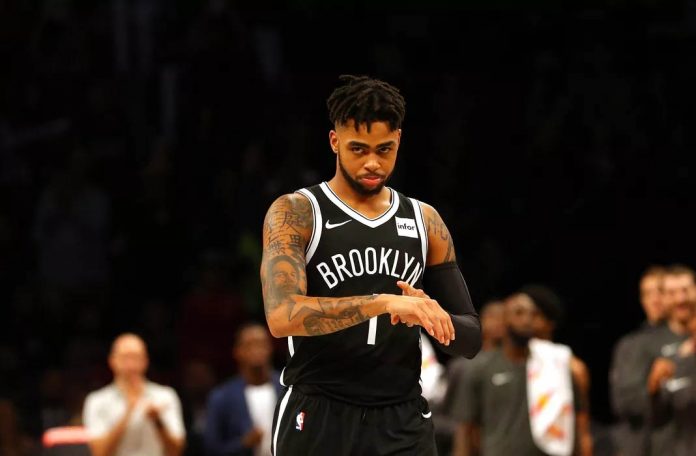In the summer of 2017, Nerlens Noel made a bet on himself when he turned down a four-year $70 million contract. Instead, Noel signed a $4.1 million qualifying deal. Noel thought he could have a breakout season and make even more money than what was originally offered.
Nerlens Noel played with fire and paid dearly for it. He recently signed a two-year deal totaling less than $4 million. He set himself up for a do-or-die season and failed in the biggest way.
Players face seasons like these every year. Not all of them are about money, and some are playing for their careers. 2018-19 will be no different, and several young NBA players will be playing a very high stakes game. This list will feature the most prominent of these players, under the most pressure to succeed.
There are a few players who also need to break out for their team to succeed but will not be included such as Myles Turner, Andrew Wiggins, and Justice Winslow. Although their success is vital for their team’s development, they’ve already signed long-term contracts. In addition, it won’t include Kristaps Porzingis because his case is purely based on health, rather than any questions about his talent.
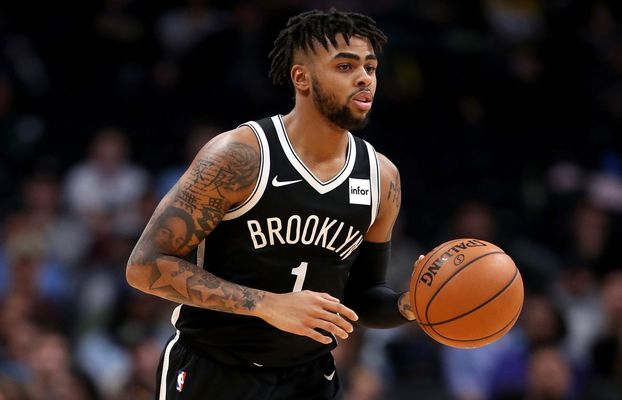
D’Angelo Russell
D’Angelo Russell is surprisingly one of the most popular NBA players. Despite a 40.9% FG clip and inconsistent effort, Russell excites fans across the nation. He has the playstyle of an NBA superstar, never afraid to take the tough shot, but doesn’t yet have the skills to match it.
Russell was supposed to break out in 2018, on a new team with as much opportunity a burgeoning star could hope for. Instead, he limped through a season averaging 15.3 PPG, 3.9 REB, and 5.2 AST, compared to 15.6 PPG, 3.5 REB, and 3.8 AST in 2017. He still turned the ball over too much, and his defense didn’t improve.
As of now, he’s a shot creator who can’t make shots. Russell also handles the ball more than a player of his caliber should. His usage rate is on the same level as Victor Oladipo and Damian Lillard but isn’t close to matching their production. Eventually, Russell’s production will have to catch up if he wants to be the primary ball-handler.
Russell’s per 36 minutes paint him in a better light, as they project averages of 21.7 PPG, 7.3 AST, and 5.4 REB. It shows that he’s capable of being a starting point guard who demands a $20+ million salary. Unfortunately for Russell, he’s running out of time. After 2019, he’ll be a free agent for the first time, with tens of millions of dollars at stake.
The 22-year-old once again faces another season with the table set for him. The Nets have surrounded him with shooters and athletes. It’s time to show he’s worthy of a star’s salary and shed the stigma of being immature and lazy. However, if he puts forth another stagnant season, it might be time to give up. Money is the ultimate motivator, and if it’s still not enough for Russell, 2019 will be the last season people still expect to him to be a star.
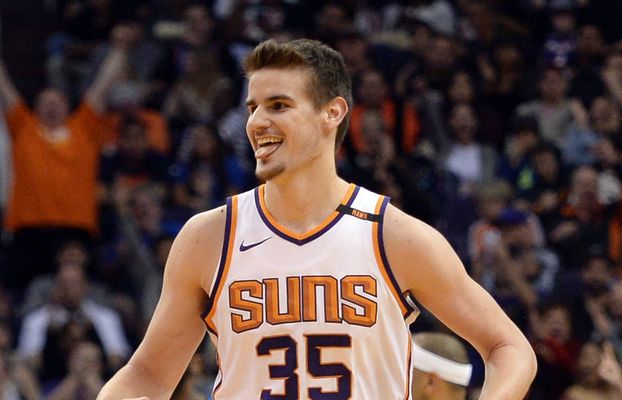
Dragan Bender
Phoenix has gone all in on winning as many games as possible this season, evidenced by their additions of Trevor Ariza and Jamal Crawford. Where does this leave Dragan Bender? The 21-year-old still looks two years away from being two years away, two years into his NBA career. Just how long will it take for Bender to develop?
In yet another disappointing summer league, Bender only averaged 6.6 PPG. He still occasionally showcases his three-point range and switchability, giving just enough of a taste to satisfy front office.
Last year, he only averaged 6.5 PPG and 4.4 REB in 25.2 minutes, on 38.6 FG% and 36.6 3P%. The shooting ability will keep him afloat a bit longer, but it’s not enough to prevent him from being expendable. Phoenix recently added Ryan Anderson, who’s quick-trigger fits their offense a lot better than Bender.
He needs to start improving and fast. Bender doesn’t need to be a star, he just needs to show he’s a capable NBA player. He’s playing for his NBA life this season, as Phoenix’s patience starts to wear out. The Suns are in pursuit of a playoff spot, and if Bender can’t keep up, nobody’s going to wait.
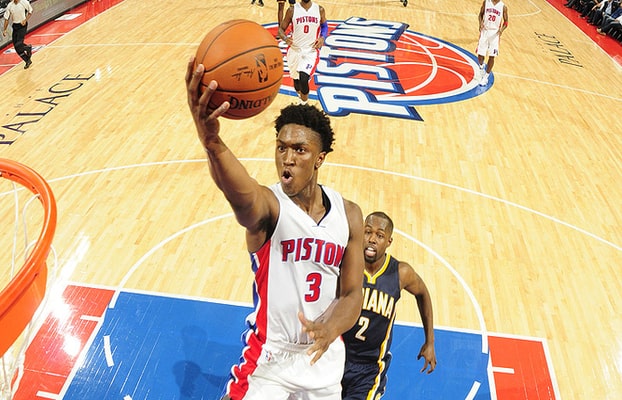
Stanley Johnson
Stanley Johnson checks off every box from a physical perspective. Standing 6″7′ and built entirely of lean muscle, there are no complaints about his physical condition. Unfortunately, he might also have one of the worst offensive games in the league. Other players like Marcus Smart have found ways to contribute by playmaking and posting-up, but Johnson hasn’t quite found his outlet yet.
Johnson hasn’t shot above 40% from the field in his career, and his career high in 3P% is 30.7%. He scores like 2K players do in MyCareer when they’re 60 overall. His game is wild and uncontrolled, lacking polish in too many aspects. He has good attacking instincts but often doesn’t have the ball-handling to achieve what he wants.
Like other players on this list, Johnson’s about to hit restricted free agency. The Pistons have also added Glenn Robinson III to the roster, another competitor for Johnson in his contract year. Last year’s averages of 8.7 PPG on 37.5% from the field won’t be enough to command a payday. He’s still young at age 22, but his youth won’t be an excuse forever.
The defensive effort won’t make up for the fact that he’s a tremendous negative on offense. NBA teams will always pay good money for a defender as persistent as Johnson, but not if they have nonexistent offensive skills. The most realistic route is for Johnson to work on making open shots, as he did in college. The difference between stagnating again and upping his percentages by just a few digits is exponential. Stanley Johnson has to prove he can function in an NBA-level offense if he wants to have a major role in the league, and there’s no better time to do it than this season with his contract expiring.
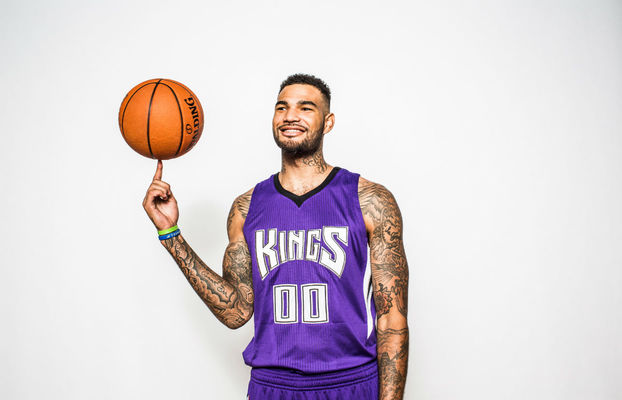
Willie Cauley-Stein
Sacramento’s roster is a positional nightmare, but at least they have depth at center. Marvin Bagley, Kosta Koufos, Skal Labissiere, and Harry Giles will all be vying for minutes at Willie Cauley-Stein’s position. Only Giles is a passable power forward, and the rest are better suited for center.
Cauley-Stein did take some steps forward last season, going from roughly 8 PPG in 2017 to 13 PPG, and also increasing his rebounding averaged from 4.5 to 7.0. This was more of an effect of DeMarcus Cousins leaving the team, however, as his percentages dipped. His stat increases are better explained by more shot attempts and minutes, rather than real improvements.
At this point of his career, Cauley-Stein looks nothing like the defensive anchor he was projected to be. He’s clearly athletic but has a hard time rebounding and protecting the rim. You’d think he’d at least be a decent finisher, but Cauley-Stein barely shot over 50% from the field when over 75% of his shots occurred in the paint. Additionally, he’s only made the three three-pointers in his entire career.
This also happens to be the last year of Willie Cauley-Stein’s deal before he enters restricted free agency. Marvin Bagley III and Harry Giles will both be competing for minutes at his position. They might grow to be better power forwards than centers in the future, but as of now, they don’t have the skill to do so. If WCS can’t create some distance between him and the other centers on the roster, he’ll find it difficult to climb his way onto the court.
Notable Exception: Rodney Hood
Hood’s not included because I don’t believe he’ll lose much salary. He took a path very similar to Nerlens Noel when he took a qualifying offer. However, the Cavaliers only offered him around $7 million a year, which I think Hood was right in declining. He was the leading scorer for a Utah team earlier in 2018, and unlike Nerlens Noel, has proved what he could do in the NBA.
He’ll probably find himself with a contract next season anyway, based off his past performances. The odds of him succeeding this season also far outweigh the chances of him failing, which is why Hood faces significantly less pressure than these other guys.
The pressures of an NBA life are too much for many players to endure. Some of the players on this list will not be able to meet expectations. Sad as it may be, it only creates new opportunities for other up-and-coming players. This unforgiving atmosphere is what brings out the best in stars. There’s no time like the present to achieve your goals, and that certainly rings true for these NBA players.

